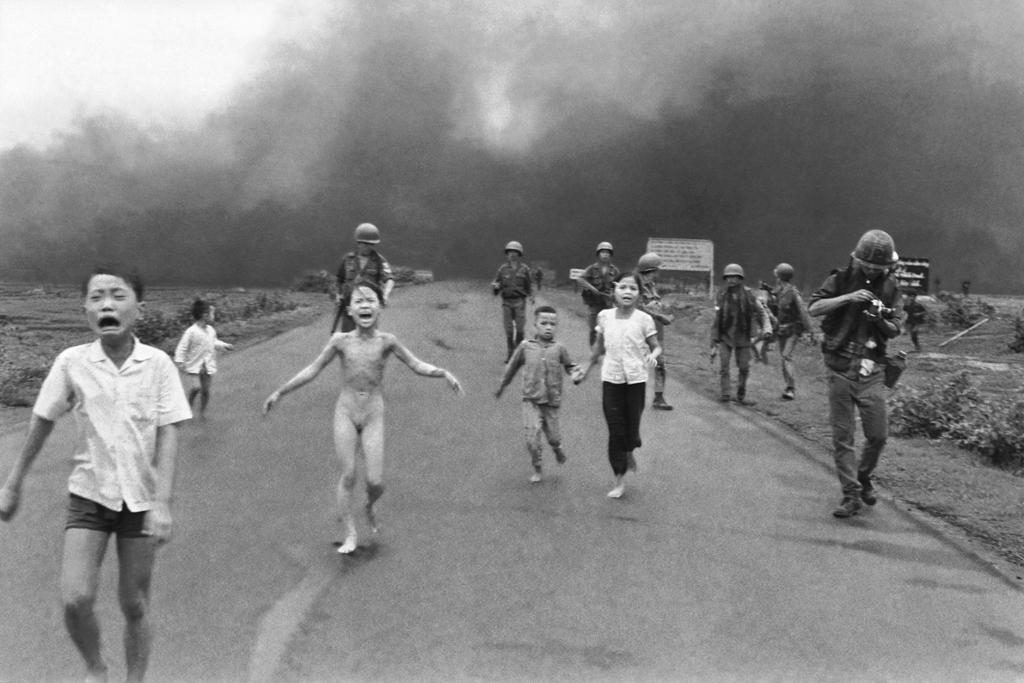Photojournalism

Whatever your age, you've probably seen this photo. It's a difficult image to forget. This photo is known only as Napalm girl, and shows a naked girl, only nine years old, running and screaming towards the camera in agony after being severely burned on her back after a napalm attack on her village.
The girl in the photo is Kim Phuc, and it was taken in 1972 by Nick Ut during the Vietnam war. Featured on the front page of several newspapers, Nick Ut’s memorable photo shocked the American public. The image is regarded as among the most memorable of the Vietnam War, and it demonstrated the barbarism of war to the American people. The photo is claimed to have shifted public opinion about the war; some even say that it might have changed the course of the war. This is the effect photos can have. Some photos tell a story, stir emotions, capture a moment, and convey messages in a universal language.
In this in-depth study project, you will study the art of photojournalism. You should reflect on why this genre of photography is so powerful and how a photo can say more than a thousand words.
You can focus on one of two things:
Choose various iconic photos and analyse these images. Look at composition, lightning, and different techniques the photographer has used. Explain the stories behind the photos and discuss their effect and message to the audience. What makes them particularly powerful? How do they stir up emotions and convey a message?
Present two or three famous photojournalists, compare their works, and explain why they are so famous. What impact did their images leave on the public? And what makes their photos so difficult to forget?
Your presentation should also include a discussion about the following issues:
What characterises a good photojournalist?
What is the purpose of photojournalism?
Why is photojournalism such an important part of the media?
Present different types of photojournalism.
Explain some of the ethical problems that photojournalists face:
Can/should photojournalists be objective?
Is manipulation of photos acceptable? Why/why not?
Are photojournalists allowed to engage with the subject they're photographing? Why/why not?
Famous photojournalists:
Dorothea Lang (1895-1965)
Robert Capa (1913-1954)
Kevin Carter (1960-1994)
Nick Ut (1951-)
Alfred Eisenstaedt (1898-1995)
Jacob Riis (1849-1914)
Lynsey Addario (1973-)